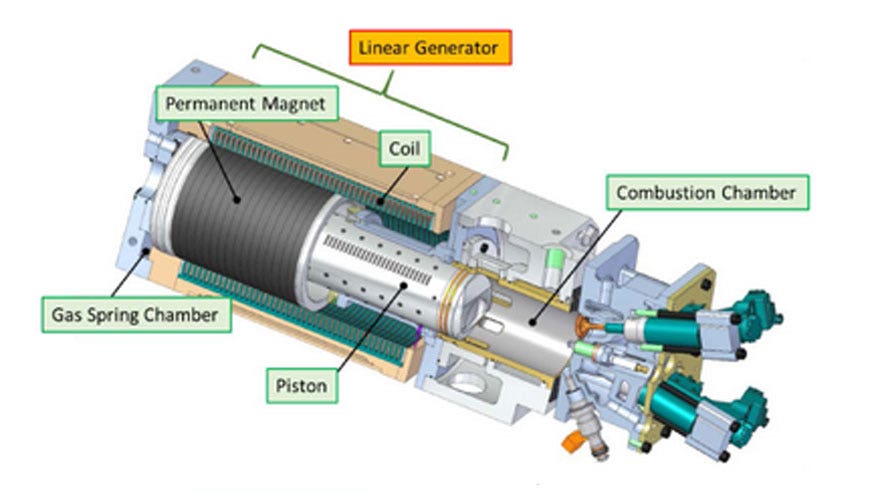A gas turbine genset running in the lazarette would provide a great deal of heat via its exhaust run. Blazing away at 700F to 1100F this exhaust pipe could be passed through a central heating heat exchanger to provide all the cabin heat a small boat would ever need. A long coil from the fresh water tank could make hot water on demand without costing any extra fuel.
I looked up gas turbines and found this on wikipedia-
"Microturbine systems have many claimed advantages over
reciprocating engine generators, such as higher
power-to-weight ratio, low emissions and few, or just one, moving part. Advantages are that microturbines may be designed with
foil bearings and air-cooling operating without lubricating oil,
coolants or other hazardous materials. Nevertheless reciprocating engines overall are still cheaper when all factors are considered.[
original research?] Microturbines also have a further advantage of having the majority of the waste heat contained in the relatively high temperature exhaust making it simpler to capture, whereas the waste heat of reciprocating engines is split between its exhaust and cooling system.
[17]
However,
reciprocating engine generators are quicker to respond to changes in output power requirement and are usually slightly more efficient, although the efficiency of microturbines is increasing. Microturbines also
lose more efficiency at low power levels than reciprocating engines."
They burn more fuel when unloaded than the good old diesel.
https://en.wikipedia.org/wiki/Gas_turbine
Siemens builds the big stuff-
Power generation ? Sustainable Energy in the U.S. ? Siemens USA




